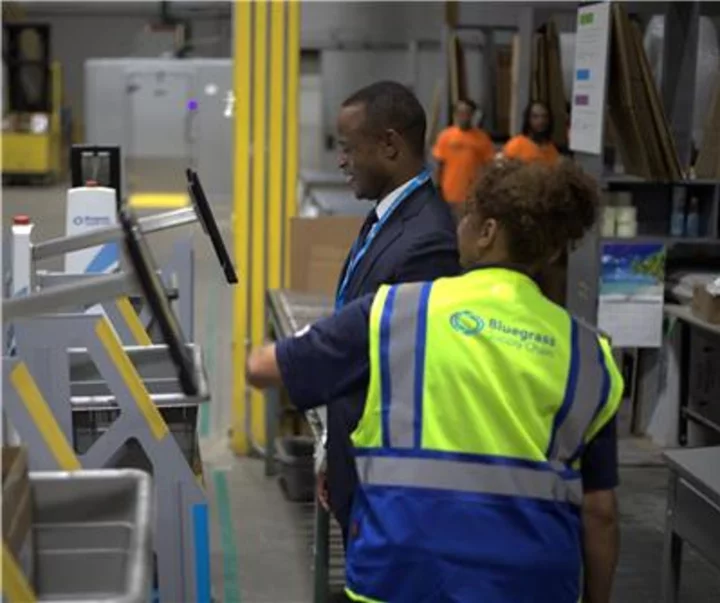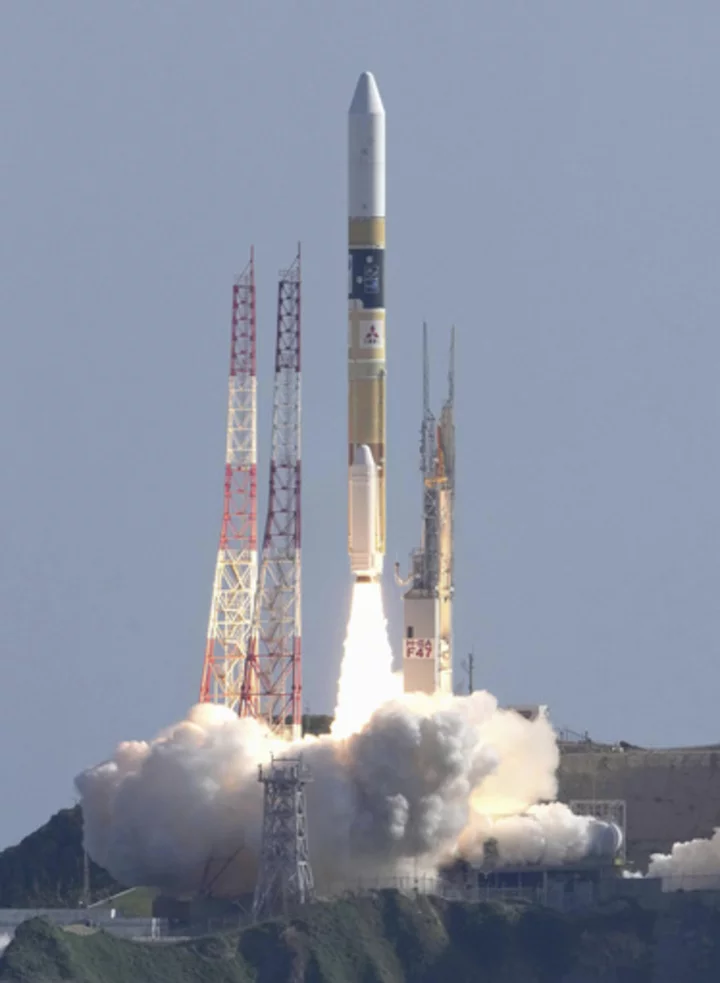India's moon lander Vikram obviously doesn't ascribe to that saying, "Quit while you're ahead."
The lander surprised space experts around the world with its ability to lift off from the lunar surface and successfully land a second time. The test, which involved firing up the craft's engines about two weeks after its historic landing, saw Vikram rise 15 inches above the ground and touch down — again — about 11 to 16 inches closer to the rover Sunday. Only one other spacecraft has ever performed this maneuver.
The lander's successful hop could clear the way for a sample return mission in the future, which would require launching from the moon's surface, said the Indian Space Research Organization, India's version of NASA. You can watch a video of the test below in a post on X, the site formerly known as Twitter.
SEE ALSO: India's moon rover snaps historic portraits of its tenacious landerThe demonstration happened just before the lander powered down for a planned hibernation. India's Chandrayaan-3 was always intended to be a two-week mission, equal to one lunar day.
Whether the lander and its rover, Pragyan, wake up remains to be seen. Their solar panels are oriented to receive light at the next sunrise, expected on Sept. 22, according to the space agency.
"Hoping for a successful awakening for another set of assignments," ISRO said. "Else, it will forever stay there as India's lunar ambassador."
India's Pragyan rover snaps a portrait of its mother lander, Vikram, near the south pole of the moon on Aug. 30, 2023. Credit: ISROIndia's Chandrayaan-3 mission was the first robotic spacecraft to make the 239,000-mile voyage to the moon and land safely at the dark and craggy polar region. The victory puts India among the elite club — including the former Soviet Union, United States, and China — that has touched the moon's surface. The achievement comes four years after India's Chandrayaan-2 mission crashed while attempting the same feat.
After its Aug. 23 landing, Chandrayaan, which means "moon craft" in Hindi, took the moon's temperature, investigated its chemical composition, recorded seismic activity, and measured plasma content near the surface of the landing site. The little golden rover, Pragyan, traveled about the length of an American football field.
Want more science and tech news delivered straight to your inbox? Sign up for Mashable's Light Speed newsletter today.
Prior to the lander's hop, the only robotic spacecraft to perform this maneuver was NASA's Surveyor 6, which lifted about six feet from the ground and landed about eight feet away, in 1967.
"Hop Vikram — hop like a (bunny)," said Thomas Zurbuchen, NASA's former head of science missions, on X, using the rabbit emoji. "Now, sleep well after a job well done. Hope to see you next (lunar) morning!"
Many nations and private ventures have set their sights on the polar region specifically because orbiter research has indicated there is ice buried in its permanently shadowed craters. The natural resource is compelling to spacefarers because it could supply drinking water, air, and rocket fuel for future missions. Not having to haul these staples from Earth could usher a new era in deep space exploration.
India's accomplishment happened days after the Russian space agency, Roscosmos, lost its Luna-25 robotic spacecraft in a crash. The Indian and Russian missions were in a mini space race, each vying to set their crewless spacecraft down near the south pole, though the Russian effort failed.
It's not yet known whether the rover, whose data was beamed back to Earth before it went into sleep mode, found the holy grail: frozen water. The space agency had previously announced about one week into the mission that the rover had found clear signs of sulfur in the soil, along with other elements, such as aluminum, calcium, iron, chromium, titanium, manganese, silicon, and oxygen.
But the presence of hydrogen — a key ingredient for water molecules — had not yet been discovered.









